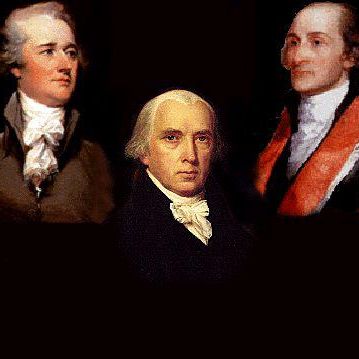



In a bid to champion diversity and inclusion, the Palm Springs Police Department in California has rolled out a new “Pride”-themed patrol car.
The vehicle, splashed in the bright colors of the rainbow, is slated for public display at the city’s upcoming Pride celebrations in November, including a special Pride flag event.
“It’s all about diversity, inclusion and community engagement,” Lt. Gustavo Araiza explained to local station KESQ-TV. The move, he said, offers a chance for officers to “connect with the community.”
As one might imagine, this move has sparked a backlash on social media, eliciting pointed and sometimes sarcastic critiques.
“This is great. Now LGBT bullets can kill unarmed civilians,” read one such comment.
The sentiment reflects broader skepticism about whether the appearance of diversity and inclusion, such as repainting a police car, translates into real change or improved community relations.
Critics also question the responsible use of taxpayer dollars, with one commenter exclaiming, “Wtf are they even doing with tax payers money?!”
Another urged the police to focus on more pressing local issues like homelessness and property crime, stating plainly, “How about getting the homeless off the streets and focusing on property crime?”
For context, Palm Springs has a reputation as one of the most gay-friendly cities in the U.S., with estimates suggesting that between 33% to 50% of its population identifies as gay.
That said, the city isn’t a stranger to controversy. It made headlines in 2022 for hosting a drag show where a young girl danced on stage with drag queens, igniting strong reactions online. A drag queen involved in the event accused critics of being homophobic and immoral.
Here is a look at the police vehicle from KESQ-TV.
While the police department’s Pride-themed car appears to be a well-meaning gesture, it also raises legitimate questions about the effectiveness of such symbolism.
Does a rainbow-painted patrol car genuinely contribute to social cohesion and acceptance? Or does it serve as a flashy yet hollow token?
Even more important, what is the real value of painting a rainbow on a police vehicle when there are so many other ways for the department to spend tax payer dollars that actually serve the community?




